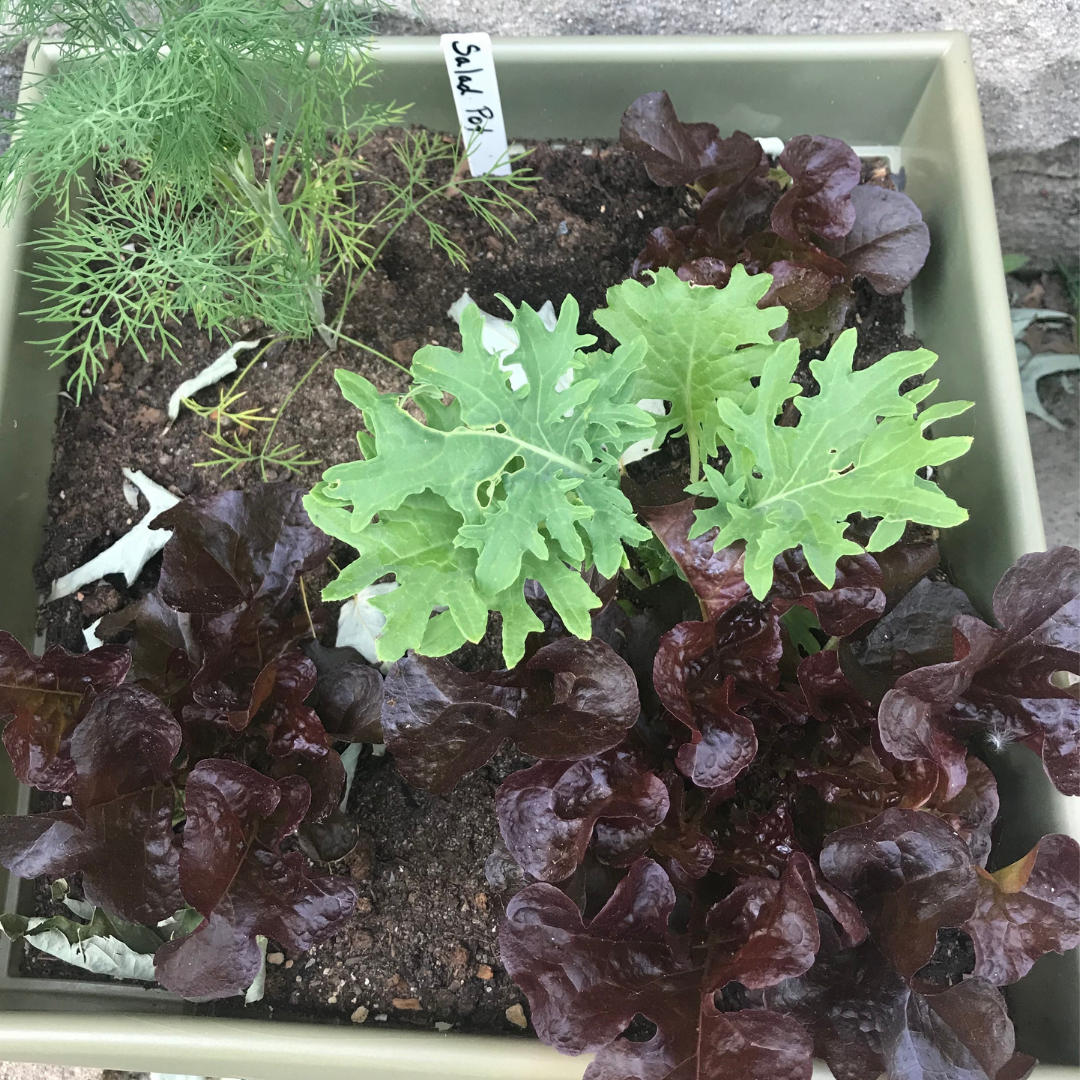
Succession Planting in your Garden
For a lot of us the gardening season starts and ends Memorial Day Weekend. By that point in the season, we have prepped our planting area, purchased transplants or direct seeded crops and maybe watered once or twice, and are waiting to harvest. Well, that is just selling yourself short. Your garden has enormous production potential all season long, and with a little planning and effort you can reap the benefits of a continuous harvest in your growing space.

The first factor to consider is seasonality. What does the weather do throughout your growing season, what temperature and moisture fluctuations can you expect, how does your day length change? When is your first frost date? These are all important to consider as some plants need a lot of moisture and sunlight to grow, others less of each. Additionally your first frost date will determine what your stopping point is for planting, as frost will kill most vegetable and flower crops. To get a better idea of the seasonality in your area check this zone hardiness site USDA Plant Hardiness Zone Map
Another factor to consider with succession planning are the days to maturity for each of your crops. Often this information (abbreviated DTM) can be found on the back of your seed packet. This is a combination of your days to germination plus your days to harvest. You can also find more general DTM for crops at Vegetable Harvest Guide | Horticulture and Home Pest News (iastate.edu). Once you know your first frost date you can use your DTM to count back and determine your planting date/dates. This will also inform whether or not you have the time to fit in 2 or more plantings of a crop in your season. An example of this “count-back” chart can be seen here Succession Planting Guide (theprudentgarden.com). Once you have this information you can turn-over sections of your garden and amend them with Tilth Soil’s Grow to keep nutrients available for continuous planting and harvest.

Variety selection is also important. Some varieties, or cultivated types of crops, are selected to be more tolerant of warm/cold temperatures and more/less moisture. Looking into this is important when deciding what to plant. For example spinach is very sensitive to warm temperatures and tends to bolt (go to seed, quit leaf production) when it becomes too warm. If you want continuous spinach/any other crop you will likely need to alter which variety you are using throughout the various parts of the season. Seed companies can recommend the best varieties for certain times of year, which you can reference through a phone call, their website, or online growing guides like this one, Spinach Varieties | Comparison Chart / Planting Program (PDF) (johnnyseeds.com). Once you are ready to start another round of seeds for your succession planting don’t forget to check out Tilth Soil’s seed starting mix, Sprout.
Following are some examples of short season and long season crops for comparison (*note that some are warm temperature sensitive)
|
Short: (3+ plantings/season)
|
Mid: (2 plantings/season)
|
Long: (1 planting/season)
|
Lastly, when selecting your succession crops and placement within your garden space it is also important to consider which crops get along well with others and in what ways. These concepts are called companion planting and interplanting. Some crops enjoy being close together based on their growth style and their specific needs. For instance you can plant carrots next to lettuce because the lettuce will be harvested before the carrot tops need more space. Additionally the lettuce will shade the soil where the carrots are sown, allowing them to remain moist for better germination and reduced weeds. For a great reference on the interpersonal relationships of plants I like graphics like this one that give a ton of information.
Now that you have more information on how to stay engaged in your garden space all season long, it’s time to get out the calendar, count backwards from your frost date, and maximize the harvest for all of your gardening efforts. With researched seed variety selection, intentional plant spacing, and calculated timing you can have a lush garden all season long.
